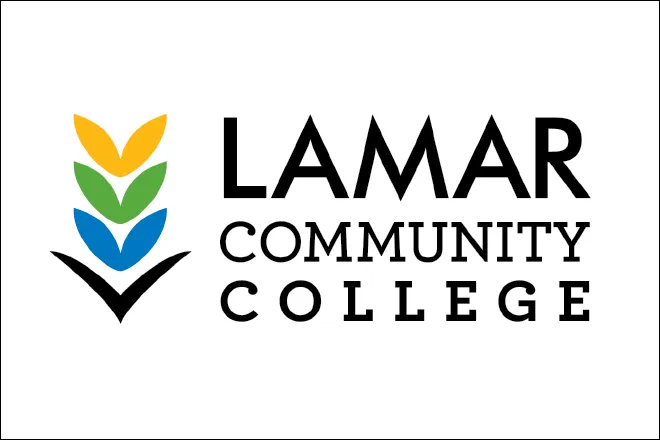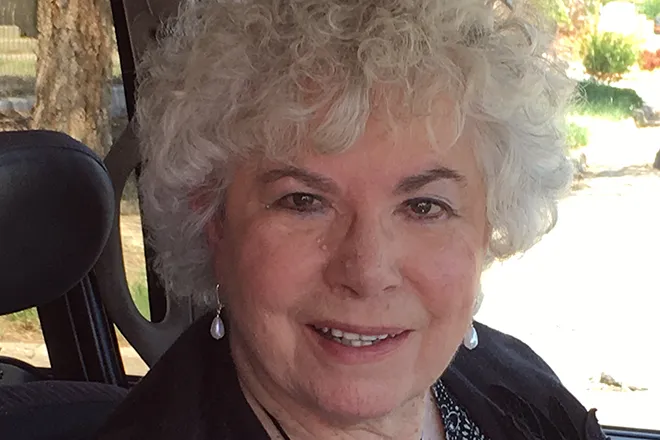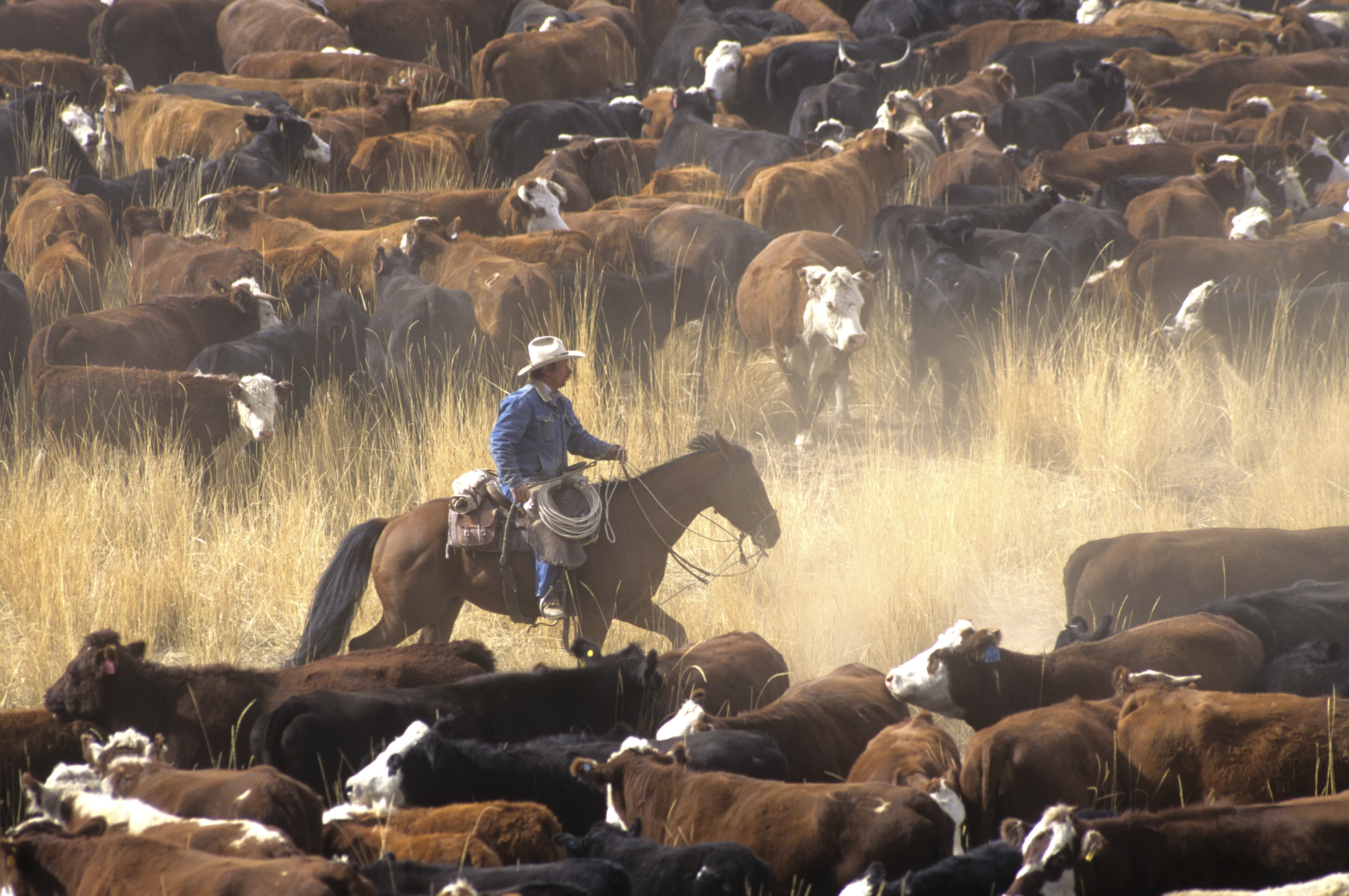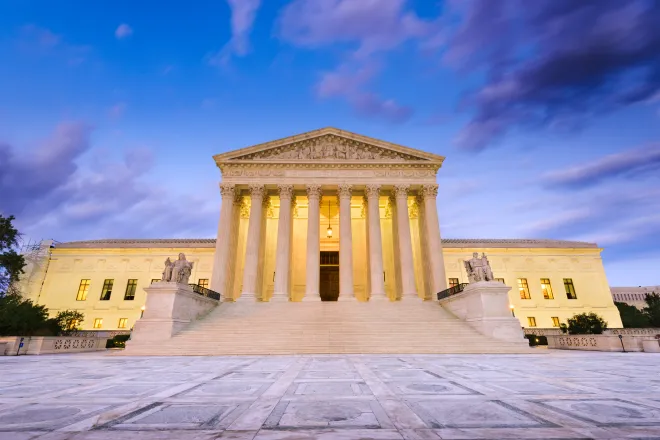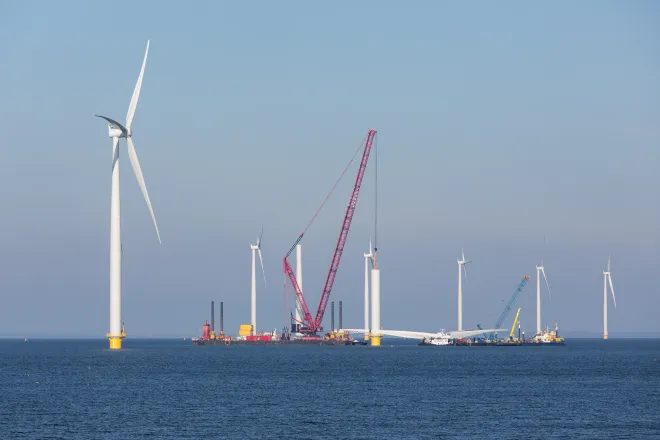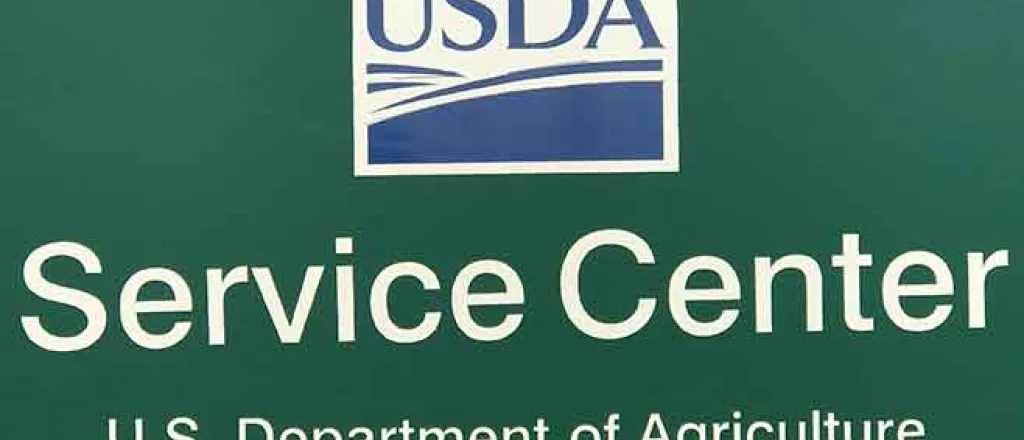
USDA Update - April 25, 2023
IMPORTANT DATES TO REMEMBER
- EMERGENCY GRAZING AVAILABLE ON CERTAIN CRP CONTRACTS - after March 15 - 50% reduced stocking rate
- 2023 Livestock Forage Program or LFP – Kiowa eligible
- CRP GRASSLANDS SIGNUP - begins April 17, 2023, ends May 26, 2023
- ERP Phase 2 and PARP Deadline - June 2, 2023
Disclaimer: Information in this UPDATE is pertinent to Kiowa County FSA only. Producers reading this and that do not have FSA interest in Kiowa County are advised to contact their local FSA Office.
THE USDA SERVICE CENTER HAS A DROP BOX AVAILABLE ON THE EAST SIDE OF THE BUILDING.
Emergency Livestock Assistance Program (ELAP)
ELAP provides emergency assistance to eligible livestock, honeybee, and farm-raised fish producers who have suffered eligible losses not covered by other disaster assistance programs.
Livestock Eligible Losses include:
- Grazing losses not covered under LFP.
- Examples: wildfire on private land; hail that causes removal of livestock from grazing land.
- Livestock Feed Losses caused by eligible weather event/additional feed purchased above normal due to feed loss or grazing loss (not covered under LFP)
- Examples: hay bales washed away in flood; overhead bin of corn destroyed by a tornado
- Additional cost of transporting water to livestock due to drought
- Examples: Normally water from pond that has dried up due to drought and are required to haul water
- Additional cost of transporting feed to livestock due to drought
- Example: Incur additional mileage, above normal, to transport feed to livestock
- Additional cost of transporting livestock due to drought
- Example: Incur additional mileage, above normal, to physically transport livestock to forage or other feeding location.
- Cattle Tick Fever
- Costs of gathering livestock for treatment and inspection related to cattle tick fever.
If you’ve suffered eligible livestock losses during calendar year 2023, you must file:
- A notice of loss within 30 calendar days after the loss is apparent.
An application for payment and necessary supporting documentation by January 30, 2024
Myth-Busting FSA’s New Revenue-Based Disaster and Pandemic Assistance Programs
In January, FSA announced two new programs designed to assist producers who experienced revenue losses from 2020 and 2021 natural disasters or the COVID-19 pandemic. These programs are revenue-based and feel a little different from our regular programs, but the goal is to better support farmers.
Both the Emergency Relief Program (ERP) Phase Two and the Pandemic Assistance Revenue Program (PARP) offer a holistic approach to disaster assistance and provide economic support for producers who bear the financial brunt of circumstances beyond their control.
With the rollout of any new program, there is a learning curve for producers and employees alike. ERP Phase Two and PARP are no exception. To encourage producer participation in these valuable programs, I’m going to do my best to debunk some myths and misconceptions surrounding ERP Phase Two and PARP.
With a June 2, 2023, deadline to apply for both programs, it’s important to clear up confusion about how to apply, what documents are required for participation, insurance requirements and related misinformation making its way across the countryside.
Now, let’s do some myth-busting.
Myth #1 – You need to submit a completed tax return to FSA to apply for ERP Phase Two or PARP.
While these programs are based on revenue losses, you do not need a tax return, completed or otherwise, to apply for assistance. In fact, FSA has an ERP Phase 2 tool and PARP tool that walk you through the process step by step. Contact the FSA Office for links for the tools.
FSA understands that you may have questions for your certified public accountant or tax preparer, who was likely been hard to reach prior to the April 18 Internal Revenue Service tax deadline but FSA encourages you to download the program decision tools and get started. You’ll probably discover that you already have on hand much of the information you need.
The following supporting materials will help you:
- Schedule F (Form 1040); and
- Profit or Loss from Farming or similar tax documents for tax years 2018, 2019, 2020, 2021, and 2022 for ERP and for calendar years 2018, 2019, and 2020 for PARP.
The only reason you might have to provide your tax returns to FSA is in the event of a spot check or a request from the FSA County Committee.
Producers can register for a free webinar hosted by USDA and members of the National Farm Income Tax Extension Committee on Monday, May 1 at 2 p.m. eastern for a discussion on completing the ERP Phase Two application form. Link to register for the webinar is https://www.zoomgov.com/webinar/register/WN_GtU4fiBfRpmKB0synznvzw?utm_campaign=erp2&utm_content=webinar1&utm_medium=email&utm_source=govdelivery.
Myth #2 – You cannot receive an ERP Phase Two payment if you received a payment under Phase One.
It’s possible that you can still receive ERP Phase Two benefits if you received an ERP Phase One payment. There is also a possibility that your Phase Two payment may be offset.
Myth #3 – ERP Phase Two was intended to be an additional payment to those who received payment under Phase One.
ERP Phase Two was never designed or intended to be an additional payment. Instead, it was intended to assist those producers who did not receive relief in Phase One.




